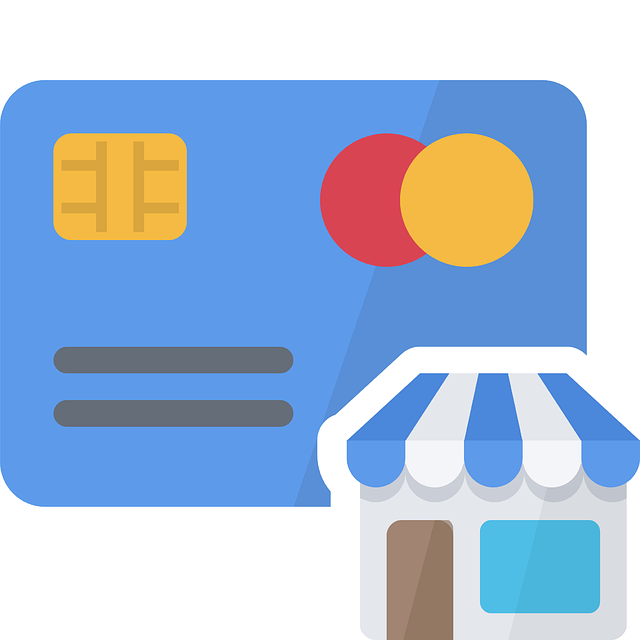In today's digital era, understanding the differences between traditional banking and alternative financing is crucial for navigating the evolving financial landscape. Alternative financing sources, such as peer-to-peer lending platforms and online banks, offer speed, convenience, and diverse loan options with quick approval times and innovative customer engagement. While lacking regulatory oversight, they excel in accessibility and cater to borrowers seeking flexible terms and digital management. However, balancing technological efficiency with personalized interaction remains key to delivering exceptional customer service in this space.
In today’s financial landscape, understanding customer service differences between traditional banking and alternative financing is crucial. This article delves into the evolving customer service dynamics across these sectors, focusing on loan options. We explore how technology impacts service quality and accessibility, comparing traditional banks with innovative alternative financing providers. By evaluating flexibility, digital offerings, and responsiveness, we help consumers make informed decisions, highlighting the benefits and considerations of each approach, especially when exploring alternative financing.
- Traditional Banking vs. Alternative Financing: Understanding the Customer Service Landscape
- The Role of Technology in Enhancing (or Hindering) Loan Customer Service
- Evaluating Flexibility and Accessibility: How Alternative Financing Options Stack Up
Traditional Banking vs. Alternative Financing: Understanding the Customer Service Landscape

In the evolving financial landscape, understanding the customer service differences between traditional banking and alternative financing is crucial. Traditional banks, with their established branches and long-standing practices, often offer a more familiar and regulated experience. Customers can expect consistent, face-to-face interactions with knowledgeable tellers, along with comprehensive loan packages tailored to various needs. However, this model may involve longer processing times and limited flexibility for personalized solutions.
In contrast, alternative financing sources have emerged as game-changers in the financial sector, particularly for modern consumers who value speed and convenience. These platforms, often digital-first, provide a seamless experience through user-friendly interfaces. They offer diverse loan options, including personal loans, peer-to-peer lending, and crowdfunding, catering to a wide range of borrower profiles. While alternative financing may lack the traditional bank’s regulatory oversight, it excels in accessibility, quick approval times, and innovative customer engagement, appealing to those seeking agile financial solutions.
The Role of Technology in Enhancing (or Hindering) Loan Customer Service

In today’s digital era, technology plays a pivotal role in shaping customer service across various industries, including loan options. Alternative financing platforms have embraced digital transformation, leveraging online interfaces and mobile applications to streamline processes such as application submission, approval, and even funding. This shift has significantly enhanced accessibility for borrowers, allowing them to apply for loans from the comfort of their homes and receive decisions almost instantly. Interactive features like real-time chat support and automated chatbots further improve customer engagement, providing quick answers to common queries.
However, while technology offers numerous advantages, it can also pose challenges. Some alternative financing platforms prioritize digital efficiency over personalized interaction, which may hinder certain borrowers’ preferences for face-to-face communication or tailored advice. Additionally, technological glitches and cybersecurity concerns could deter users who value data privacy and security. Balancing the benefits of technology with the need for human connection is crucial to providing exceptional customer service in the alternative financing space.
Evaluating Flexibility and Accessibility: How Alternative Financing Options Stack Up

When comparing customer service in loan options, it’s crucial to evaluate flexibility and accessibility, especially when considering alternative financing. Traditional banks often have stringent requirements and limited operating hours, making them less accessible for those with unpredictable schedules or urgent needs. In contrast, alternative financing options like peer-to-peer lending platforms and online banks offer more flexible terms and extended hours of service. These innovative providers cater to a broader range of borrowers, providing loans for various purposes not always covered by conventional lenders.
Furthermore, these alternative financing options often prioritize digital accessibility. Many platforms are entirely online, allowing customers to apply, manage, and track their loans from the comfort of their homes. This digital approach streamlines the loan process, reduces paperwork, and provides real-time updates on loan statuses. As a result, borrowers can make informed decisions without the hassle and delay often associated with traditional loan services.






